If you're new here, you may want to subscribe to my RSS feed. Thanks for visiting!
Dear readers,
After so much training throughout my career (hazardous atmosphere, confined spaces, and many others), I can’t help but keep fixed in my mind some images I’d prefer not to remember. Yes, I have a vivid imagination, and that works against me.
Even in these times where analgesics are easy to find, suffering burns in a large area of the body is an awful way to get hurt.
The scary part about this is that we are exposed to such potentially life-threatening situations even in simple tasks, like if we are only working in our car or close to some large pot with boiling water, or a cauldron with melted fat over a stove or firepit. Modern cars use very flammable fuel mixtures with components that, at ambient temperature, start to vaporize. It’s easy for such mixtures to escape through some opening in our engine bay, and with a broken cable or even with the same sparks of the starter, if there is a considerable leak, our engine can catch on fire. There are means to prevent the damage here; installing some heat insulation under the bonnet itself and a blanket of suitable fireproof material means that (probably) some fire that starts underneath could burn and extinguish itself quickly because of the lack of oxygen. Car safety instructors have always informed us that we must NOT open the bonnet if there is a certain indication of fire.
An unfortunate tale
This advice, sadly, was not followed by one of my neighbors. I hardly met the guy, but it was shocking to learn how he died, indeed.
A friend called him (he knew a little about mechanics) to get some assistance with a car that had some combustion problems, and when they were doing a road test, the engine went ablaze. They jumped out of the car…and opened the bonnet.
Big mistake. There was an explosion after the excess oxygen hit the flames after the opening, and the heat and flames were enough to melt his clothes on his skin.
This was a tragedy in itself. Poor guy was agonizing for almost one year, stripping his family of the savings they all had. The clothes he was wearing were all synthetic, which was almost impossible to remove once they melted, and the subsequent infection kept worsening until the terrible outcome.
In times of economic meltdown, hyperinflation, social chaos, natural disasters, or any situation where emergency medical services are as scarce as a decent cup of coffee, preventing accidents becomes your new favorite hobby. You don’t want to play with fire when it comes to handling flammable products like gasoline!
I have learned too many stories about people getting badly burned in my life to allow myself NOT to write this article.
Risks of Handling Flammables During Crisis
Picture this: you’re trying to fill up your generator in the middle of a power outage, it’s pitch black, you’re stressed, and gasoline is spilling everywhere. Sounds like the opening scene of a disaster movie, right? Well, that’s just a typical Tuesday when things go south. Here’s why handling flammables in crisis is like walking a tightrope while juggling flaming torches over a kid pool filled up with gasoline:
- Resource Scarcity Shenanigans: Once gas is rarer than a unicorn, people get creative—and not in a good way. Overfilling tanks (saw this a lot in the scarcity years, back in 2017-on), using makeshift containers (I even saw people filling plastic garbage bags with fuel. Yikes), and hoarding fuel like a dragon guarding its gold are just a few examples of the shenanigans that can (and surely will) lead to fiery mishaps.
- Infrastructure Fails and Flaming Fiascos: Damaged pipes, leaky tanks, and other infrastructure failures can turn your surroundings into a giant tinderbox. Keep your eyes open.
- Stress and Chaos? The Perfect Recipe for Disaster: When you’re stressed, you’re more likely to make mistakes. And when those mistakes involve gasoline, well, things can get toasty. Imagine trying to fill your vehicle gas tank from a jerry can in the middle of the night because you believed you heard someone out there. Heavy, and slippery with all the humidity and fog. It falls down under your car, onto the cement driveway, and keeps pouring until you can reach it and keep filling the tank. Now you are sure someone is watching you from the trees next to the house. There is a pool now right under the engine. The vapors are now concentrating under the hood, waiting for a spark to ignite themselves, setting ablaze the engine bay. You put the jerry can away, and quickly turn the key, and your starter motor then does its thing: spinning at high speed while the brushes generate a few sparks…
- Medical Care: In crisis situations, hospitals might be overwhelmed, roads might be blocked, and doctors might be busy dealing with more urgent matters. So, a simple burn can quickly turn into a life-threatening situation. They offer a large area for infections, to begin with!
Essential Personal Protective Equipment (PPE)
Now, let’s talk about what we can do to avoid becoming a human torch. Think of PPE as your superhero suit, protecting you from fiery villains. Here’s what you need:
- Flame-Retardant Coveralls: These useful coveralls are going to keep your skin safe from splashes, scratches, and bruises in the knees if they’re padded, and even flames. There is a reason why we were issued with these in the oil and gas industry. They’re not stylish for an office everyday garment, but they are comfortable and will protect you from ruining your other clothes.
- Safety Boots: These boots will protect your toes from falling objects and fiery spills, and your ankles too. We all know survivalists tend to choose good footwear. Not to mention that kicking someone in the shin with a steel-toe boot is going to ruin him the whole week…They could get ablaze but surely will protect them from nasty burns.
- Fire-Retardant Gloves: Using good safety gloves will let you handle flammable liquids without any harmful effects on your hands if they are rated for these chemicals. I don’t know about you but personally, I hate when my knuckles get scratched wrenching, and I have to handle fuel. These last for some time (I am still using the cheap ones I brought from Peru, and they’re spotless), so if you get good quality ones, they should remain in good shape for a while.
- Face Masks: Protect your lungs from toxic fumes and gases. Inhaling gasoline fumes is never a good time. I know enough about it: some hydrocarbon derivatives will open holes in your lung tissue. I used to inspect tanks with an organic vapor mask; back then we were allowed by the health regulations to be inside for more than an hour while doing the inspection work I think.
- Safety Goggles: Protect your eyes from splashes and sparks with good safety goggles. Because nobody wants to wash fuel from an eye, from a gasoline mishap. These things saved me from a nasty injury. I am VERY insistent when my kid or even my dad is working on something even if it is with a small hand tool. These injuries can be really dangerous: eyes are a direct entrance to the brain. Never forget that.
- Fireproof Blankets: Get a couple of fireproof blankets. These are especially useful for chemical fires, and if you have anything lithium-powered, you better get a few of them just in case.
Extra Safety Measures: Because You Can Never Be Too Careful
Wearing PPE is like wearing a seatbelt—it’s essential, but it’s not the only thing you should do. Some extra safety measures to keep in mind:
- Ventilation: Work in well-ventilated areas to avoid those nasty fumes. Open a window, turn on a fan, or work outside. This is common sense, indeed.
- No Sparks Allowed: Keep flames, sparks, and cigarettes far, far away from flammable liquids. Who smokes nowadays while working mechanics by the way? Electric sparks, however…make sure you won’t have anything to generate an ignition point.
- Storage: Keep It Cool, Keep It Safe: Store flammables in proper containers, away from heat sources. And remember: modern fuels are more volatile!!
- Careful Handling: Avoid spills and splashes. Handle those liquids with care, especially if they’re flammable.
- Emergency Plan: Have a plan in case of fire or spill. Everybody at home should know where the extinguishers are and how to use them.
- Training: Knowledge is power! Make sure everyone handling flammables knows what they’re doing.
- Clothes: Avoidance of synthetic clothes is a must. After that awful event I mentioned above, I try to only wear some old work overalla, old jeans, and cotton T-shirts instead of anything plastic when working on my bike.
First Aid: When Things Get Toasty
Even with all the precautions, accidents can happen. If you or someone else gets burned:
- Stop, Drop, and Roll (If Applicable): If your clothes are on fire, stop, drop to the ground, and roll around to smother the flames. This is where the fireproof coverall will really shine.
- Cool It Down: Cool the burn, if any, with cool water for at least 10 minutes. Maybe in a shower or clean tub.
- Remove Clothing (Carefully): Remove any clothing or jewelry that’s not stuck to the burn.
- Cover It Up: Cover the burn with a sterile dressing.
- Get Help: Seek medical attention ASAP, especially for severe burns. If no help is available, this first aid kit contains some prescription burn treatments, among other life-saving products.
In my experience, applying aloe vera gel (we have plants at home) is the best we can do. Every time someone gets burned, this is the treatment…because, to be honest, we don’t have anything else. Both my mom and I have had some burns in the kitchen with hot water or oil, and using aloe, in a couple of days, we’re usually good.
On a side note, this kid here made a video about reloading extinguishers, which can always be useful once the normal fabric of society is disrupted, we need extinguishers, and there are no firefighters.
Disclaimer: Proceed at your own discretion when doing that, of course. It’s not something any of us would advise to do.
I hope this experience of mine can help you to maintain the needed safety rules. I know, as well, there are people out there who don’t seem to care too much about safety. Don’t be one of them. Insurance or not.
Health is invaluable.
Be safe and keep tuned!
J.
About Jose
Jose is an upper middle class professional. He is a former worker of the oil state company with a Bachelor’s degree from one of the best national Universities. He has an old but in good shape SUV, a good 150 square meters house in a nice neighborhood, in a small but (formerly) prosperous city with two middle size malls. Jose is a prepper and shares his eyewitness accounts and survival stories from the collapse of his beloved Venezuela. Jose and his younger kid are currently back in Venezuela, after the intention of setting up a new life in another country didn’t go well. The SARSCOV2 re-shaped the labor market and South American economy so he decided to give it a try to homestead in the mountains, and make a living as best as possible. But this time in his own land, and surrounded by family, friends and acquaintances, with all the gear and equipment collected, as the initial plan was.
Follow Jose on YouTube and gain access to his exclusive content on Patreon. Donations: paypal.me/JoseM151



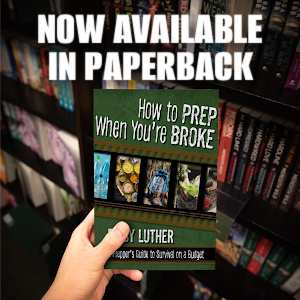

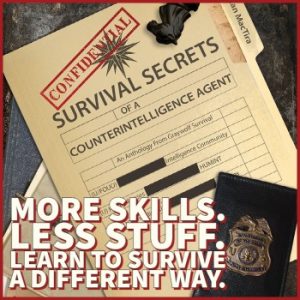
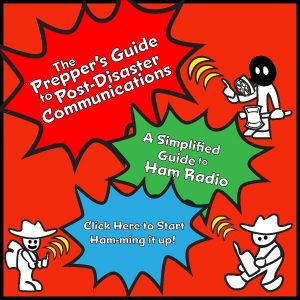
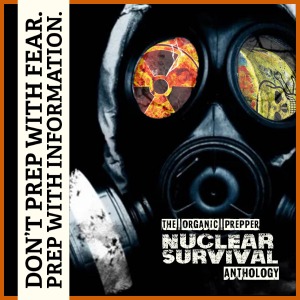


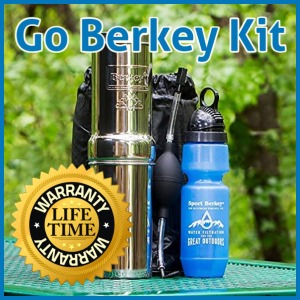
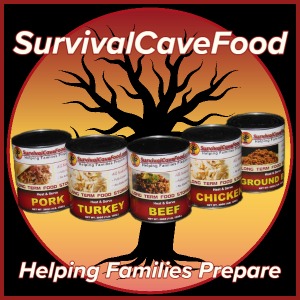
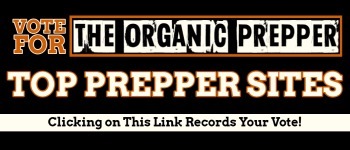

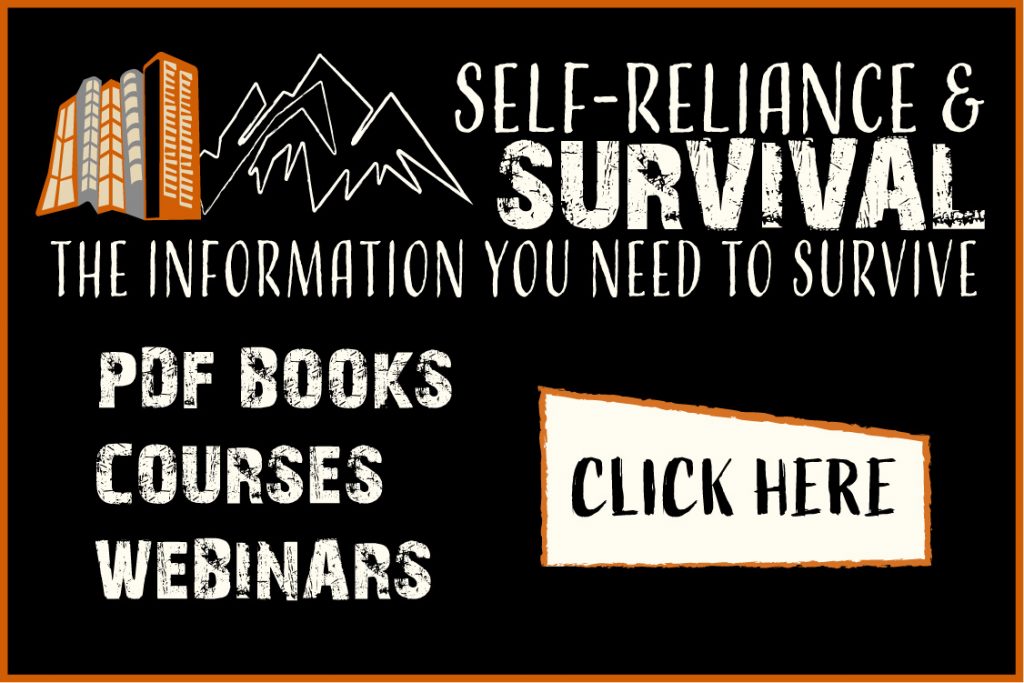

6 Responses
Thank you JG. This information is so important, not only in a crisis but every single day. Safe storage is a must as well as fire blankets and water gel pads if available.
Dear Norma,
Yes, and too many people doesn’t realize how dangerous NOT having a method to extinguish fire is.
I like the aloe vera gel as a solution for coverage to keep the air out, as that seems to make it burn more when the burn is exposed to the air.. I have cans of first aid burn spray, but haven’t had to use them yet, so I don’t know how well they will work.
I had a burn from hot cooking oil on the whole inside of my forearm from my wrist to the inside of my elbow a few years ago. We had 4 of these big first aid ice packs in the freezer that we got from the hospital when my husband had both of his knees replaced in one operation. I immediately put one on my arm. When it warmed up I put another one on, with the used one going back in the freezer. I kept doing that all night. By morning, I didn’t need them for the pain any more. My skin was still red, but it no longer hurt like crazy. The skin never broke or blistered on me. And now I don’t have any scars from it either.
I know that they say not to use frozen things on a burn, but it worked for me. It was like putting out the fire every time I put a new one on my arm. When it was open and exposed to the air, it burned all over again, until the ice pack hit it and cooled it down. Our tap water doesn’t get that cold, so I don’t think that would have helped.
Dear Tamkae,
I see “medical advice” like that all the time “do not put frozen things on a burn”, but then, why it worked so good? I’ve had some 2nd degree burns too, and wrapped ice cubes, put it on the burn area (already covered with aloe vera gel) and in a couple days it was done. Not even a scar.
I have had fire safety training from flying model rockets competitively as a teenager and making burning man flame effects as an adult. I agree with everything you wrote about. I have multiple fire extingushers outside and fire blankets. I have Nomex underware like race car drivers ware, it’s good to ware when welding, under a flame resistant outer layer.
If you have a homestead and are at risk of a wildfire, you might want woodland wildland firefighting cloths. Big spray nozzles hooked up to a tank and pump, and a back up power source. In big fires, the smoke can kill generators, a big battery back up can keep your stuff going when a gas generator can’t and fire already took out power lines.
Dear Richard Wizadry,
Thanks for your comment!
Indeed, smoke can (and will) suffocate and clog the generators intake. This is why in many instances, investing on a couple of elevated pipes for intake and exhaust, and a brick and mortars enclosure could be a good idea, other than to protect it from vandalism.